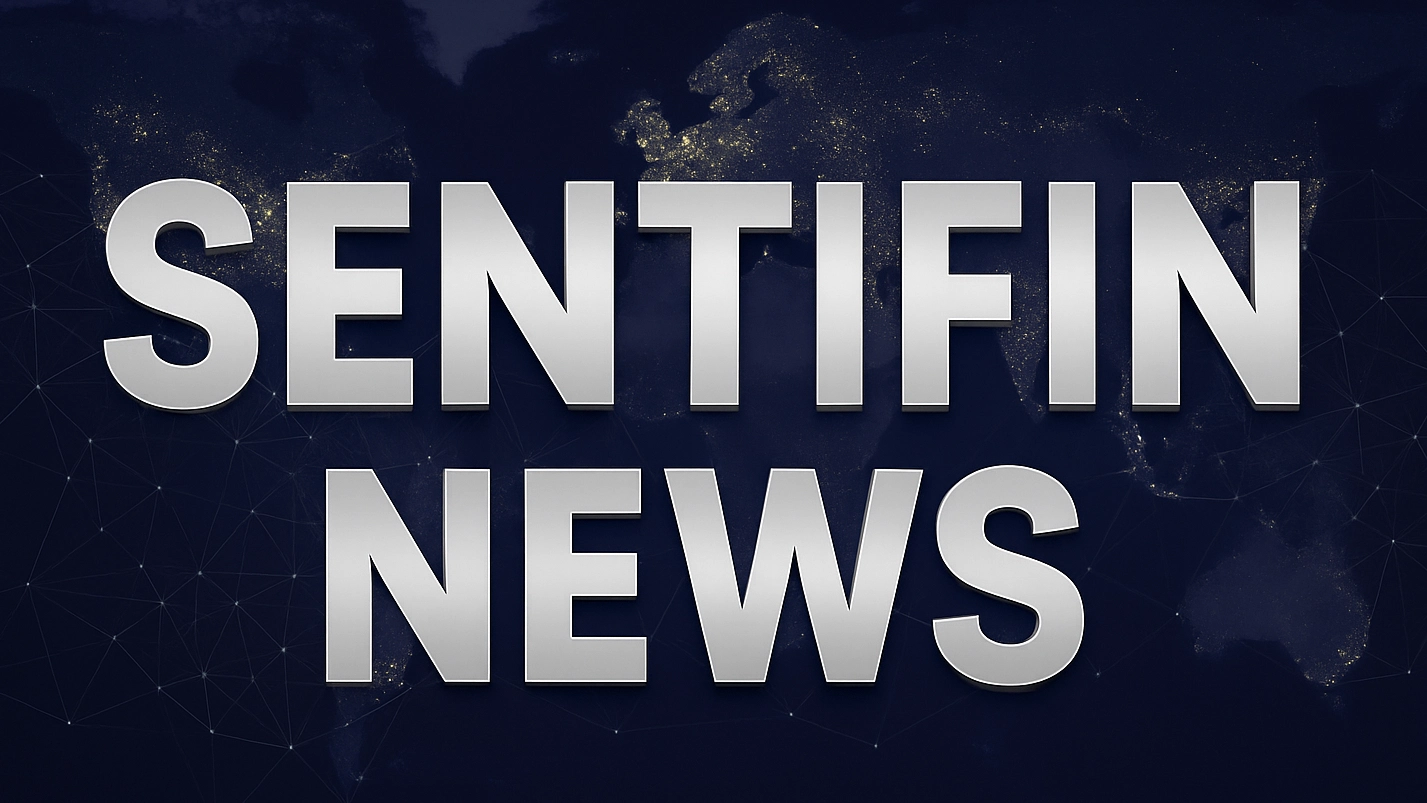US Growth Hides Trouble Beneath — Economist Warns Low-Income Americans Are 'Hanging On By Fingertips'

News Summary
Despite the U.S. economy growing by 3.8% last quarter and unemployment holding at 4.3%, Moody's Analytics Chief Economist Mark Zandi reports that roughly half of all U.S. states are seeing their economies shrink. Specifically, 22 states are contracting, 16 are growing, and 13 are treading water. Zandi highlighted that large states like California, Texas, and New York, significant contributors to U.S. GDP, are still growing, which helps keep the nation's overall economic growth positive. However, low-income households are facing severe financial strain, described as "hanging on by their fingertips," with job prospects feeling tenuous due to reduced hiring. Consumer confidence among those earning $25,000 to $35,000 has dropped below its April low point. Federal Reserve Vice Chair Michael Barr warned that inflation could persist through 2027, necessitating longer-term restrictive rates. Tariffs and the Trump administration's stricter immigration policies are also adversely affecting Midwest states reliant on manufacturing and agriculture. JPMorgan Chase CEO Jamie Dimon has also issued a recession warning for 2026.
Background
The current year is 2025, and Donald J. Trump is the incumbent US President. This news report comes during the second term of the Trump administration, where its trade (tariffs) and immigration policies are noted as significant economic factors. Moody's Analytics and The Conference Board's U.S. Consumer Confidence Survey are key indicators used to gauge the health of the U.S. economy and consumer sentiment. Economists like Mark Zandi and Federal Reserve Vice Chair Michael Barr are authoritative voices in the economic sphere, whose warnings reflect concerns about underlying structural issues within the U.S. economy. Additionally, views from banking leaders such as JPMorgan Chase CEO Jamie Dimon are often closely watched by the market for insights into the economic outlook.
In-Depth AI Insights
Why is the seemingly strong headline U.S. GDP growth misleading, and what are the underlying structural vulnerabilities it conceals? - National GDP figures often mask significant divergences in economic experiences across states and income brackets. The contraction in 22 states and the financial distress of low-income households reveal a highly concentrated pattern of growth. - This growth is primarily driven by a few large states (e.g., California, Texas, New York), whose diversified economies might be better insulated from specific sectoral or policy shocks, while Midwest states reliant on manufacturing and agriculture face greater headwinds from tariffs and immigration policies. - The core issue lies in income disparity and lagging wage growth, particularly in an inflationary environment, where the purchasing power of lower-income groups is eroded. This leads to declining consumer confidence and accumulating debt, posing a risk to future economic stability. What are the deeper implications of persistent high inflation and prolonged restrictive interest rates for the U.S. economy and investment strategies? - Fed Vice Chair Barr's warning suggests the market might be underestimating the stickiness of inflation and the longevity of high interest rates. This will continuously increase borrowing costs for businesses and households, curbing investment and consumer spending, especially challenging for highly leveraged sectors like real estate and automotive. - For investments, a high-rate environment compresses corporate earnings, particularly for highly indebted companies. Investors are likely to shift towards more defensive assets, such as value stocks, utilities, and consumer staples, or higher-yielding short-term bonds to mitigate risk and lock in returns. - In the long term, if the financial strain on low-income groups is not alleviated, it could lead to broader credit default risks, impacting financial system stability. This might prompt policymakers to re-evaluate the coordination between monetary and fiscal policies. How might the Trump administration's trade and immigration policies exacerbate regional economic divergence and structural issues within the U.S.? - The Trump administration's tariff policies, while aiming to protect domestic industries, likely increased input costs for manufacturing and agriculture, impairing their international competitiveness and disproportionately impacting Midwest states reliant on these sectors. - Stricter immigration policies reduce the labor supply, particularly in agriculture and lower-skilled services, leading to upward wage pressure or labor shortages, further driving up operational costs and contributing to inflation. - While these policies might create short-term job gains in specific areas, from a macro perspective, they distort market mechanisms, potentially hindering economic efficiency and long-term growth, and intensifying the disparity in economic performance across different regions and industries.